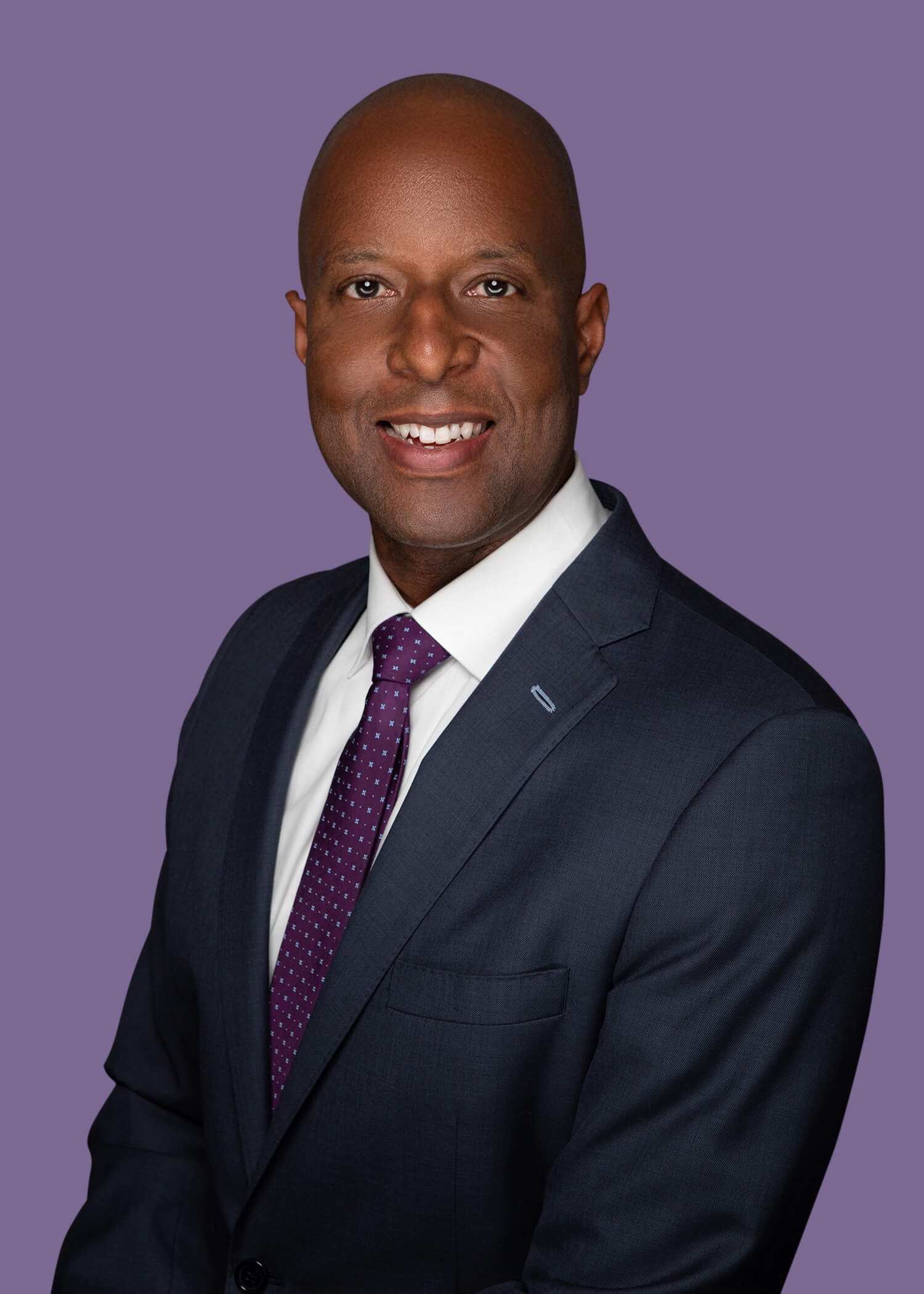
Damon Lester on NAMAD and today’s dealer challenges

After CDK: What auto retailers must know about cybersecurity

Building-tomorrows-dealerships

Reset and retool: Dealers meet 2025 with resilience

Maximize your dealership’s warranty service reimbursements

How payments are powering digital transformation in auto retail

5 factors shaping auto retail M&A in 2024 and beyond

Planning for dealership succession

Expanded capital options fuel dealership growth

5 factors shaping auto retail M&A in 2024 and beyond

Dealerships renew focus on F&I profit participation strategies

Planning for dealership succession

